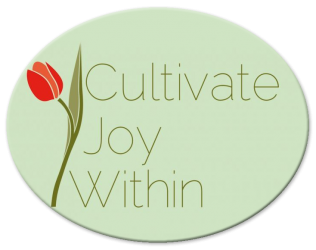Conflict is a disagreement between persons. A collision, if you will. One person has one opinion, another a different one, and there is tension between them – anger, fear, and resentment are the usual suspects in that tension.
Sometimes when we’re conflicted, we get into verbal brawls with each other without realizing it until it is too late, and we hurt each other. Or we avoid dealing with the conflict directly and create an underlying tension that builds up over time and causes even more conflict and pain.
Conflict resolution is one of those things that isn’t taught in school, and often not at home, either. So, what to do? We really don’t want to spend our lives with loved ones either hammering at each other or living with negative buried feelings.
I was told many years ago of a Native American tradition of conflict resolution that has four parts. Here it is as I remember it, with additional suggestions embedded in each part.
- Show Up – Gather your courage by taking deep breaths and set aside time to talk without interruption. If you are too upset to do the following three steps, say you need time to calm down, perhaps ten or twenty minutes. Take a walk or another activity that helps to calm you (meditation?), and when you are both ready, sit down facing each other, and…
- Pay Attention – Listen to what the other person is saying with an open mind as if you haven’t heard it before and have no opinion of your own. Look at body language, listen for tone of voice. How do you feel as they speak? Do your best to keep your heart open. After all, this is someone you care about. Then…
- Tell the Truth – Be honest about what you think and particularly how you feel. Use this opportunity to let the other person know you a little more. Speak kindly, even when you’re passionate about what you’re saying. Name-calling and blaming are counter-productive and only cause more hurt. Practice kindness when you speak. It’s ok to be angry and still be kind. That is a strength, not a weakness.
- Don’t be attached to outcome – This is the kicker. How do you do that when you have a strong opinion? If you have done the first three honestly, then this one will be much easier. Negotiate rather than demand. Be willing to do things differently than you have in the past.
For this to be successful, both parties need to agree to the process. Talk about it when you are both calm and not in conflict. Agree to do it the next time a conflict arises. Have copies for each of you and keep them handy when you begin your discussion.
There are other conflict resolution processes that you can try if this doesn’t work for you. Google is very useful here. Then, if you can’t seem to find a way that works for you, seek counseling. Don’t let your relationship die a slow and painful death. Learning how to resolve conflicts without causing damage brings more joy into your life. Less pain, more joy.


